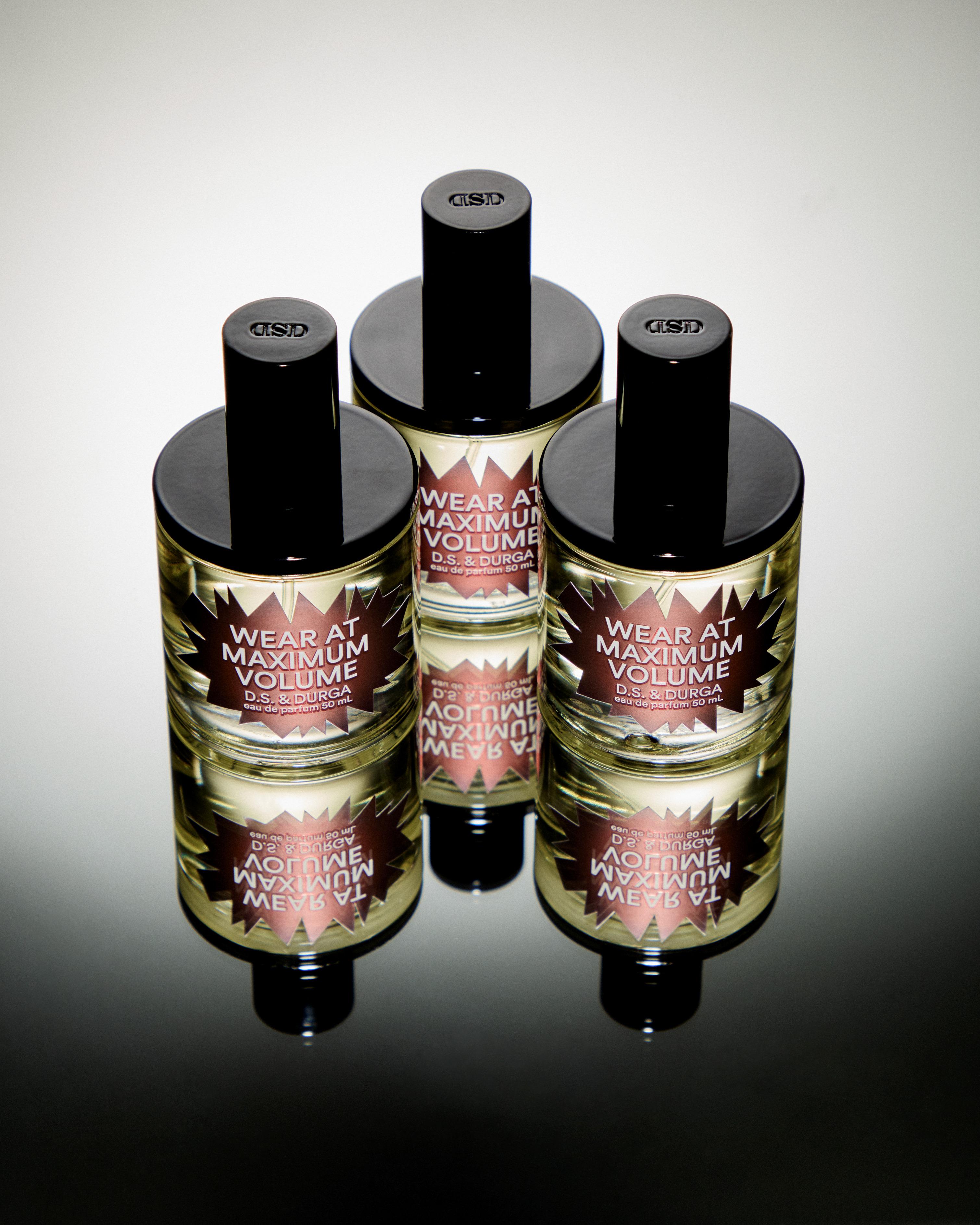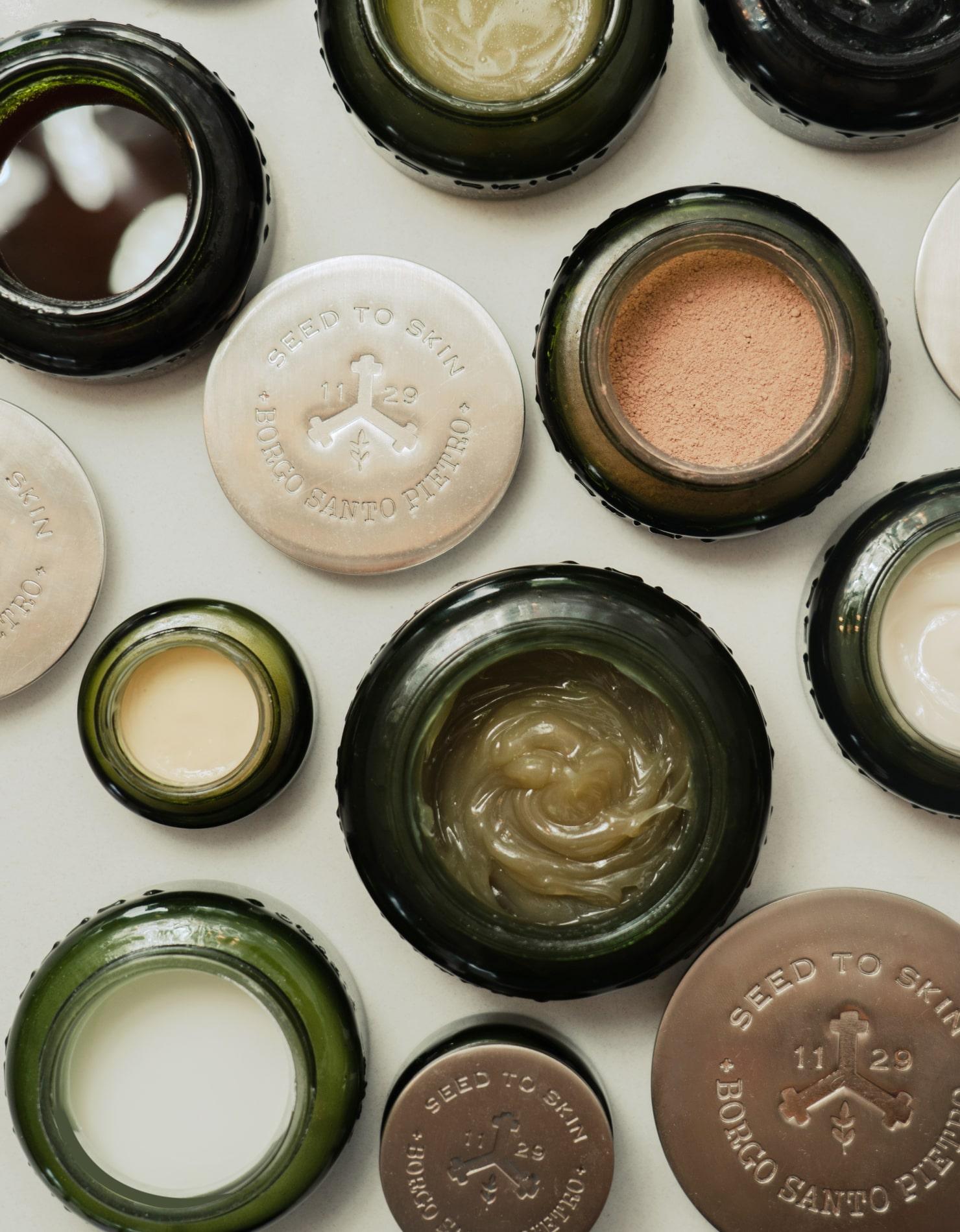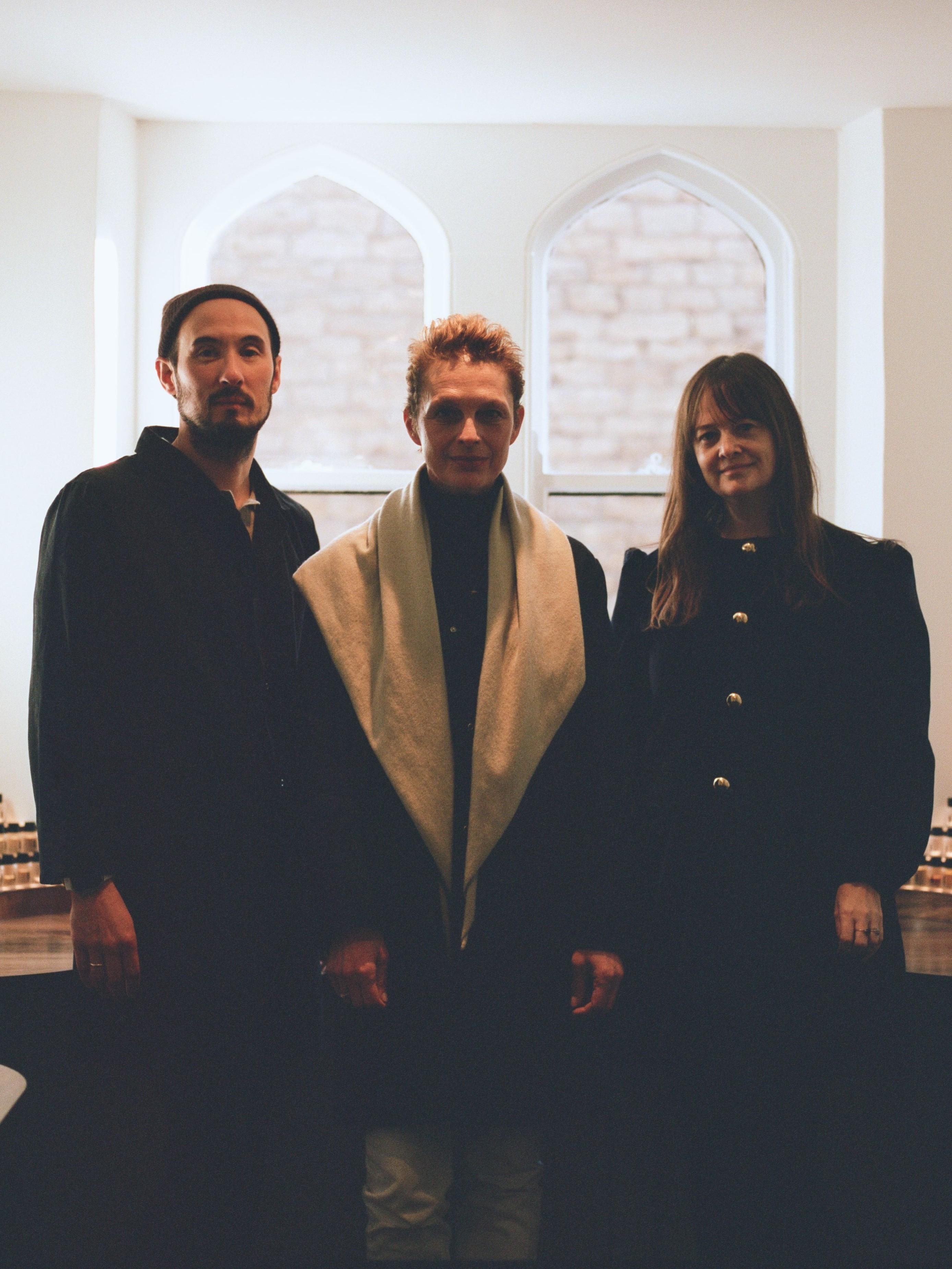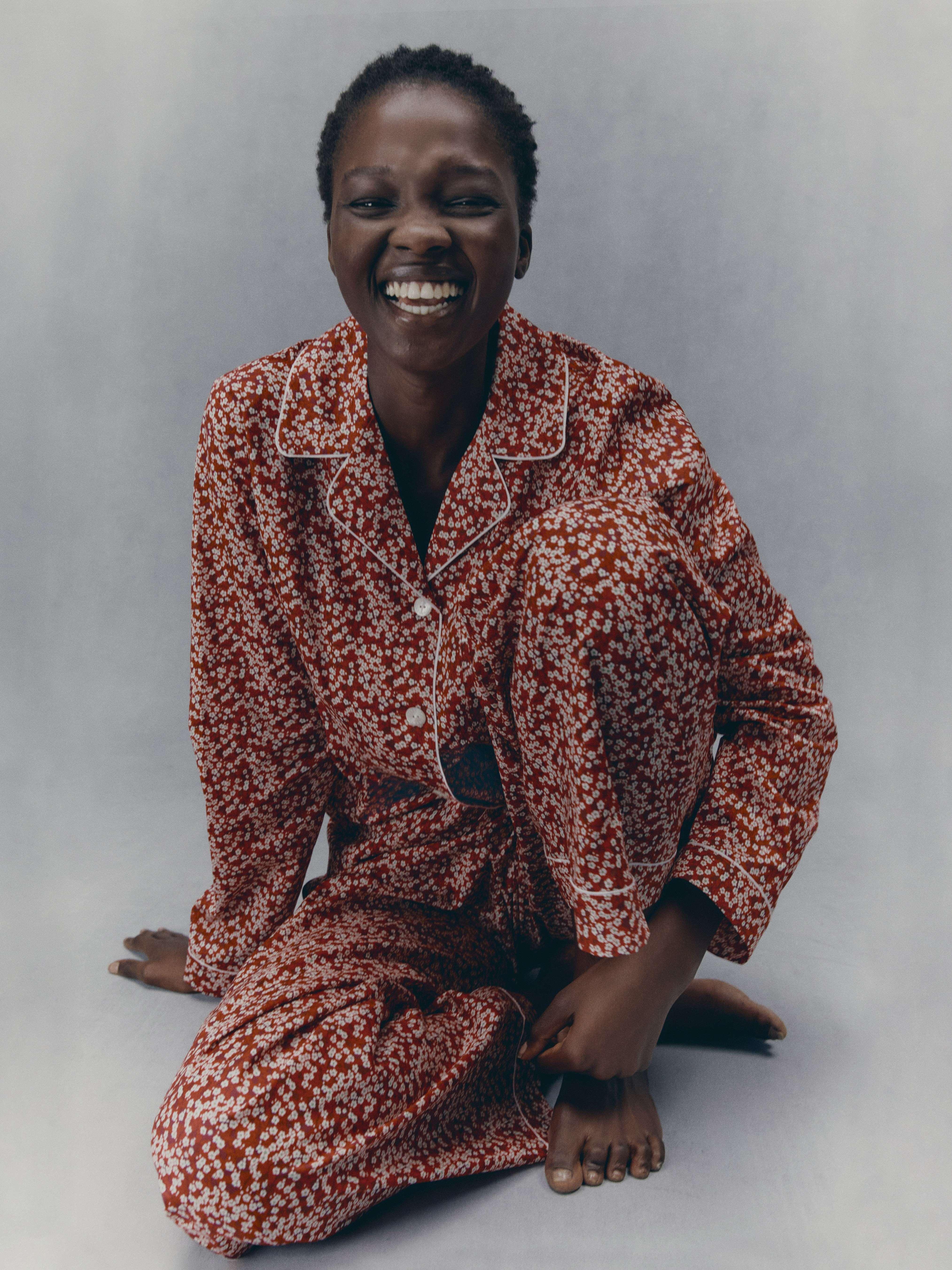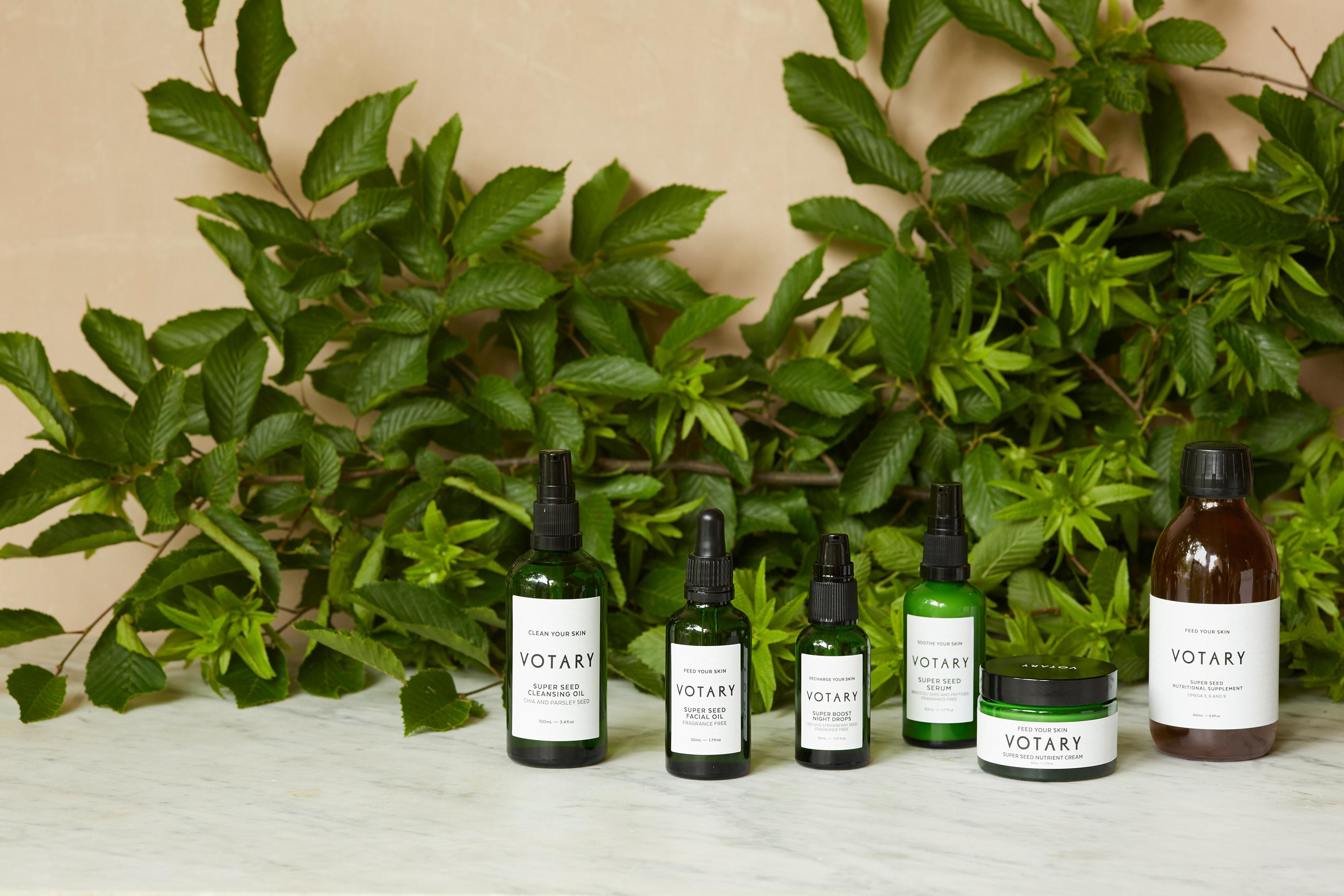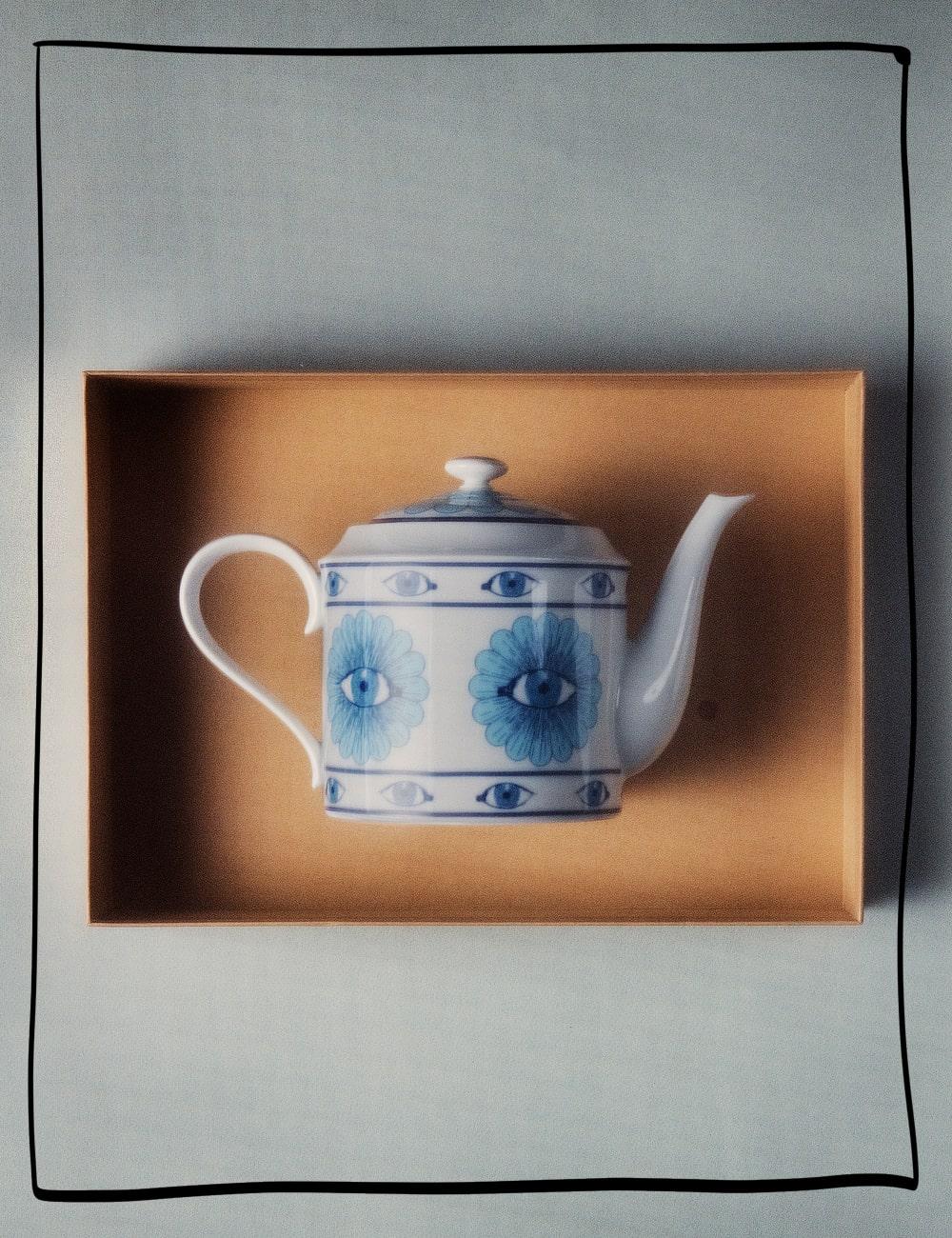From The Source: Jasmine
A tiny flower with a grand reputation, jasmine is one of perfumery’s most prized ingredients. But do you know why?
Read more
From The Source: Jasmine
A tiny flower with a grand reputation, jasmine is one of perfumery’s most prized ingredients. But do you know why?
Early in the morning, jasmine pickers rise to begin harvesting the plant’s tiny white buds. These buds will bloom into small, star-shaped flowers, releasing a sweet, delicate floral scent, instantly recognisable around the world. So popular in fact, that jasmine has become one of modern perfumery’s most popular - and most valuable - ingredients. Just 1kg of jasmine oil can cost more than $5000. To produce that kilo, around 5000 buds need to be picked.
Here, we learn more about the history of jasmine in perfumery, how it’s made, and which jasmine-based fragrances you’ll find in The Fragrance Lounge and Liberty’s LBTY. collection.
Where does jasmine come from?
These days, jasmine is grown around the world - everywhere from India to France, North Africa and Spain. Originally native to tropical Asia and parts of China, jasmine is part of the olive family. It is also the national flower of Pakistan, where it grows in abundance. There are over 200 species of jasmine, but two of these are the ones we most frequently encounter in perfume: jasmine grandiflorum and jasmine sambac (also known as Arabian jasmine). The latter is the one found in some of the Liberty LBTY. fragrances.
What was jasmine originally used for?
Jasmine has a variety of uses. In Ancient Egypt, jasmine was used to scent bathwater and for medicinal purposes. In China, jasmine tea became popular during the Ming Dynasty (1368–1644 AD), enjoyed for its taste and purported health benefits. Jasmine flowers also began appearing in Italian Renaissance paintings as a symbol of divine love and happiness, after the flower was introduced into northern European gardens in the late Middle Ages. Prior to that, jasmine was grown in medicinal gardens for remedial use.
Liberty LBTY. Jasmine Fragrances
Why is jasmine so popular?
Compared to other popular notes like oud or rose, jasmine was a surprisingly overlooked ingredient in the global fragrance market - until the introduction of one famous perfume. Dior’s ‘J’adore’ catapulted jasmine into the mainstream, introducing the ingredient to new audiences around the world.
Jasmine is also a useful ingredient for the practical side of perfumery: it’s a versatile scent which adds depth and complexity when blended with other floral notes, or paired with spice or woody notes. It’s also a fixative, meaning it improves the longevity of a fragrance by slowing down the evaporation of the lighter scent components.
How is jasmine absolute made?
Jasmine absolute (the pure ingredient used in fragrance) is created by harvesting jasmine buds just before they are about to bloom, usually early in the morning to preserve the fresh, green, floral facets and reduce animalic notes. Traditionally, the buds are spread in a thin layer across an expanse of flooring, where they begin to bloom, releasing their distinctive scent. At this point, the fragrance is ready to be harvested, so the flowers are loaded into an extractor where they soak in a solvent to absorb the smell. Once it’s all absorbed, the liquid is removed, leaving a hard, waxy substance called concrete. Alcohol is then added to the concrete, and the mixture is filtered to isolate the absolute.
How is jasmine used in fragrance?
When used in a perfume, jasmine is usually used as a top or middle note - the ones you smell first when applying a scent. It’s a key ingredient in the Liberty LBTY. Fragrance collection, and features in the new oud fragrance, Hera Reigns. “I wanted to create something noble and so the queen of flowers: jasmine sambac, is enveloped by her sophisticated partner of oud wood,” explains perfumer Honorine Blanc. “Together they weave back and forth between noble elegance and brilliant naturality.” You’ll also find jasmine as the middle note in Liberty Maze, where it appears alongside primrose and honeysuckle, and in Adelphi Sun, blended with linden, narcissus and neroli.
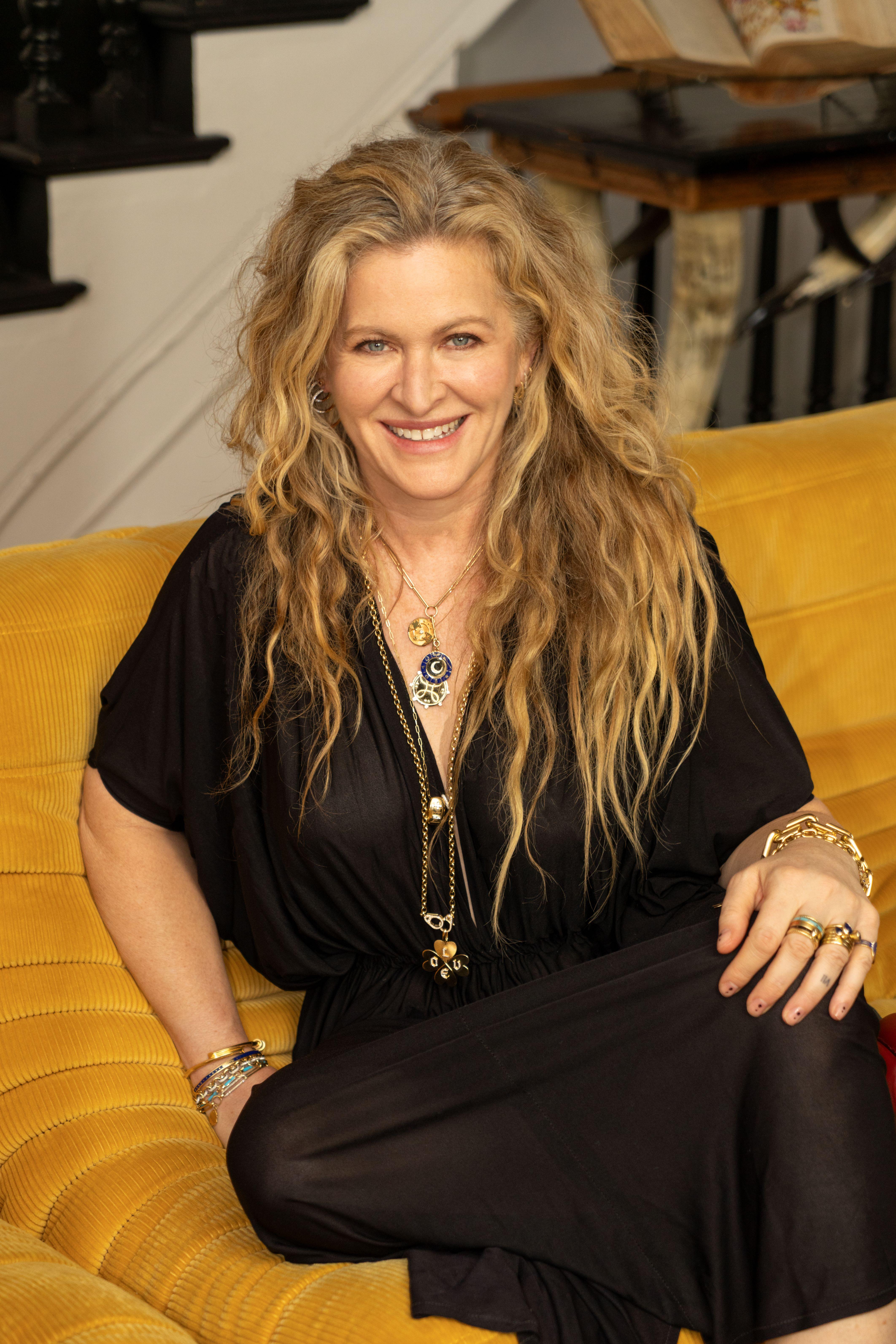



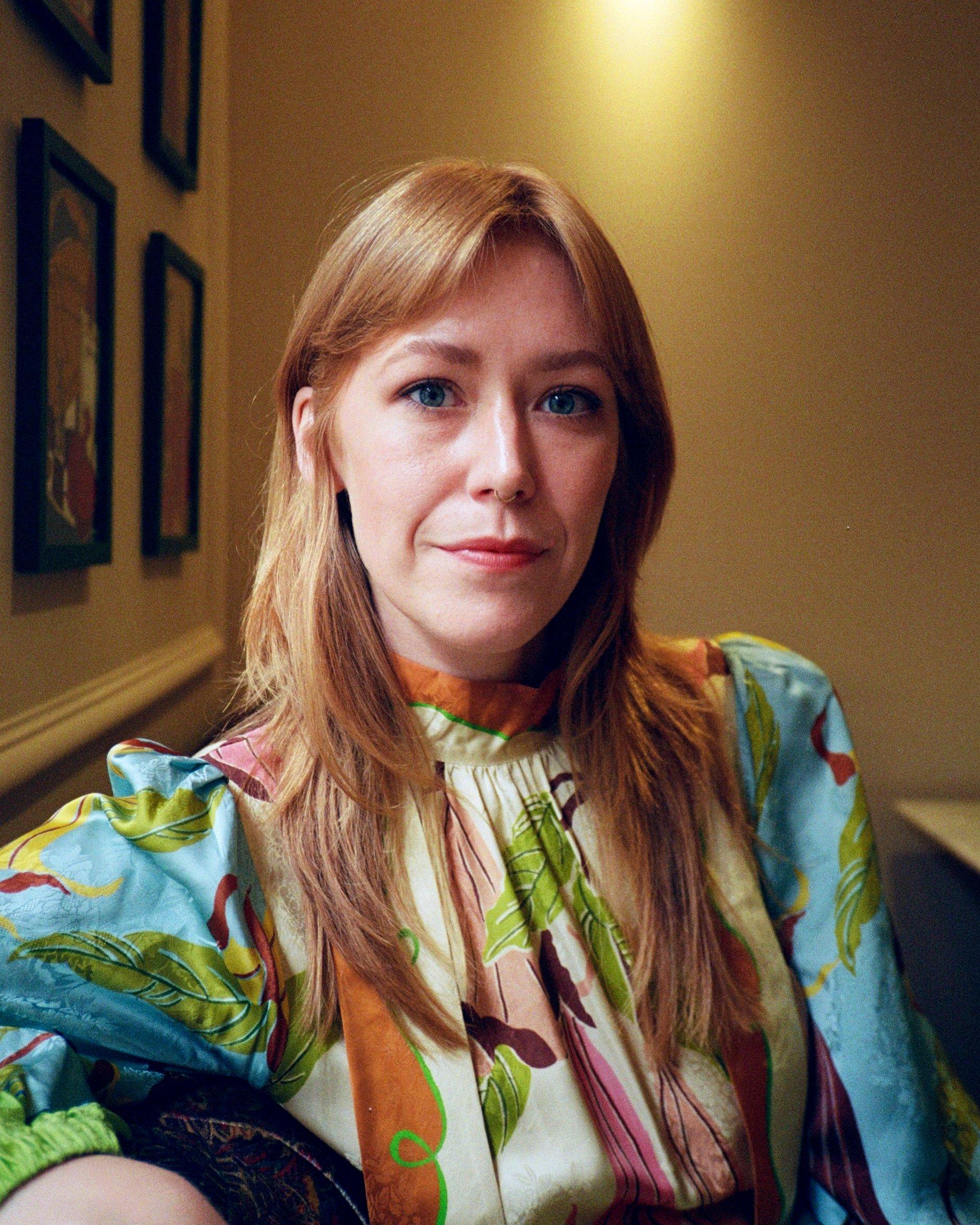













?fmt=auto&qlt=default)





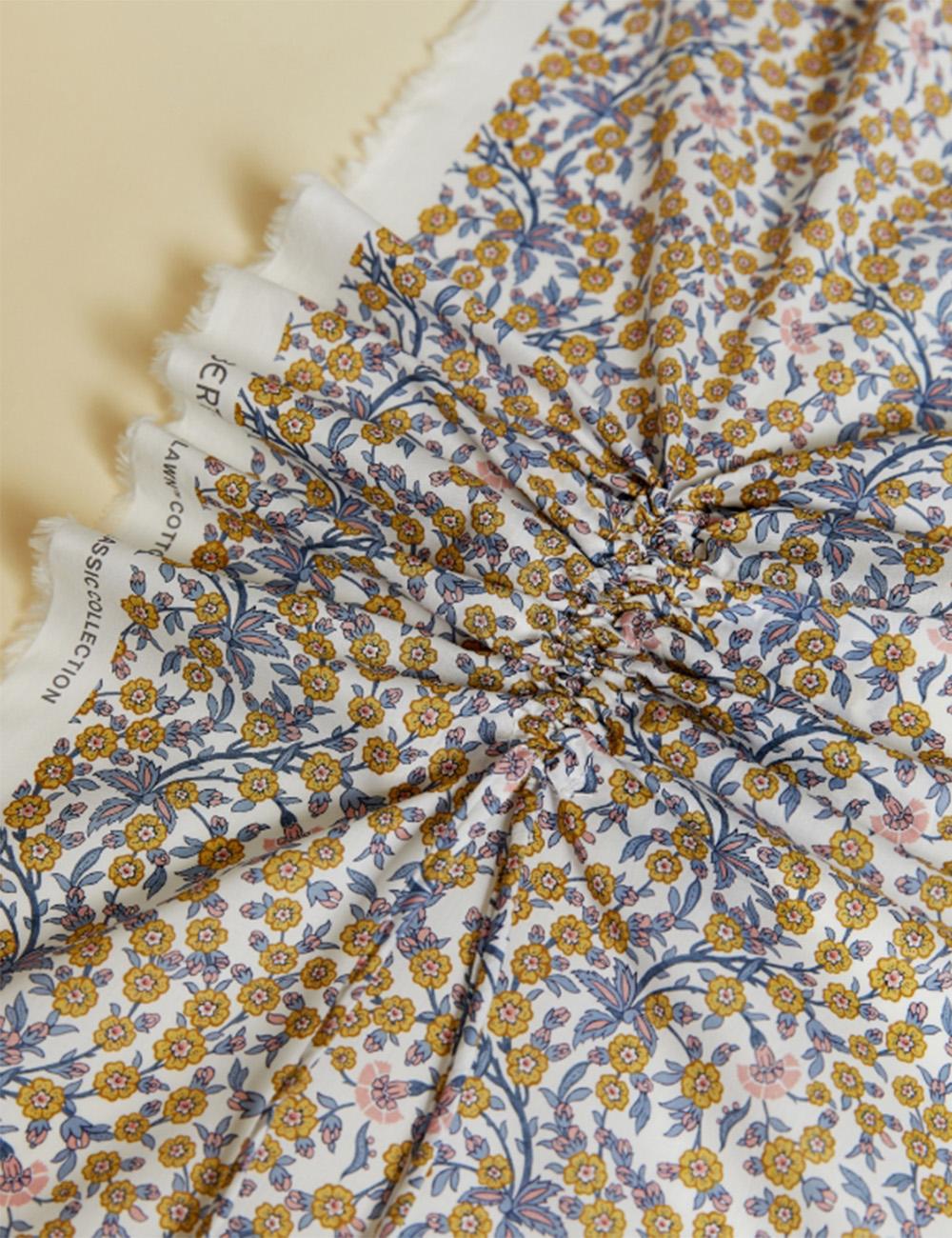
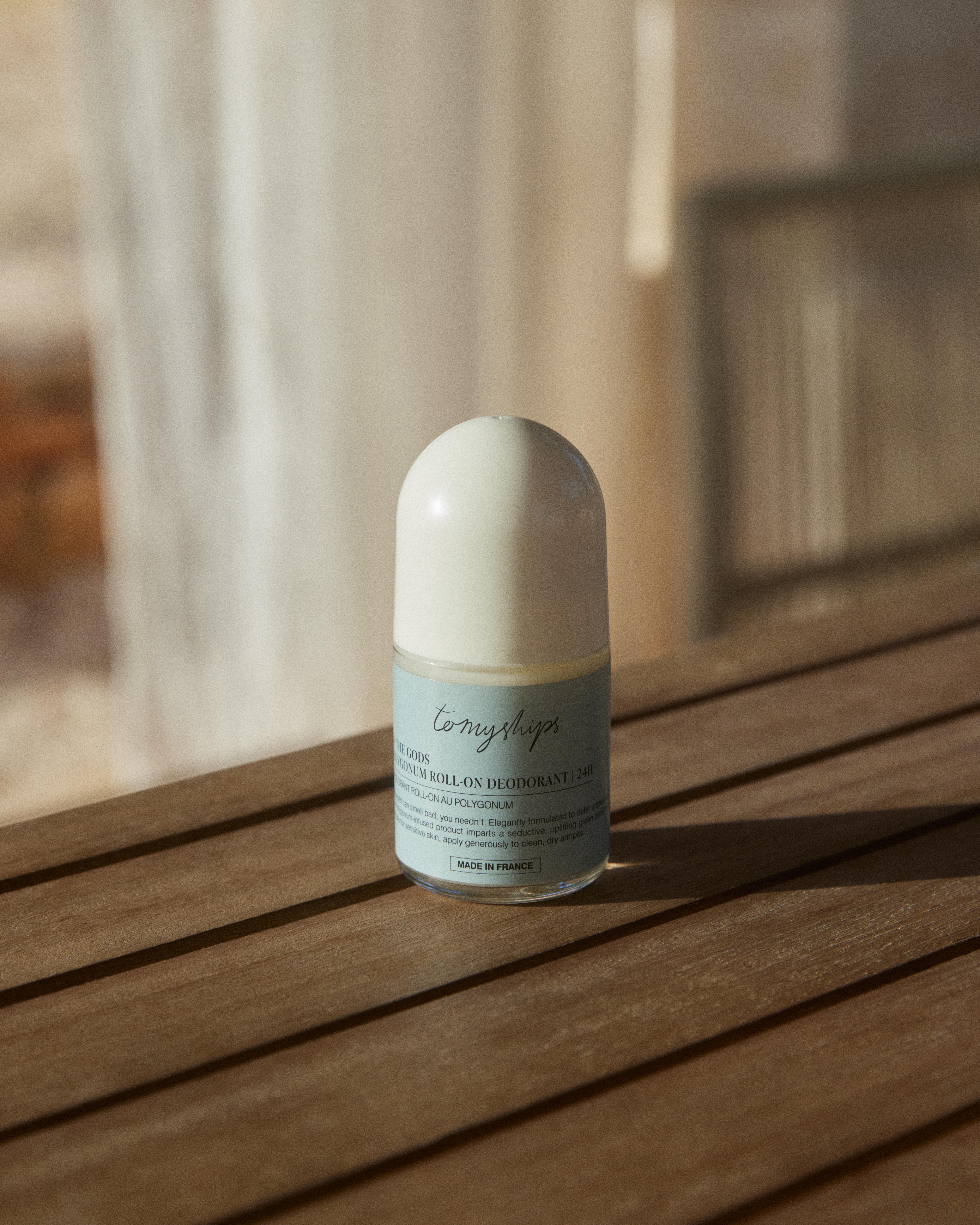






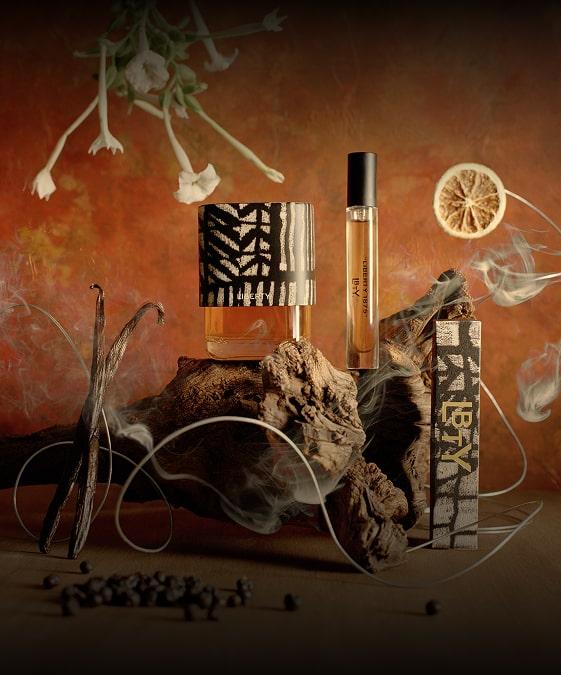



















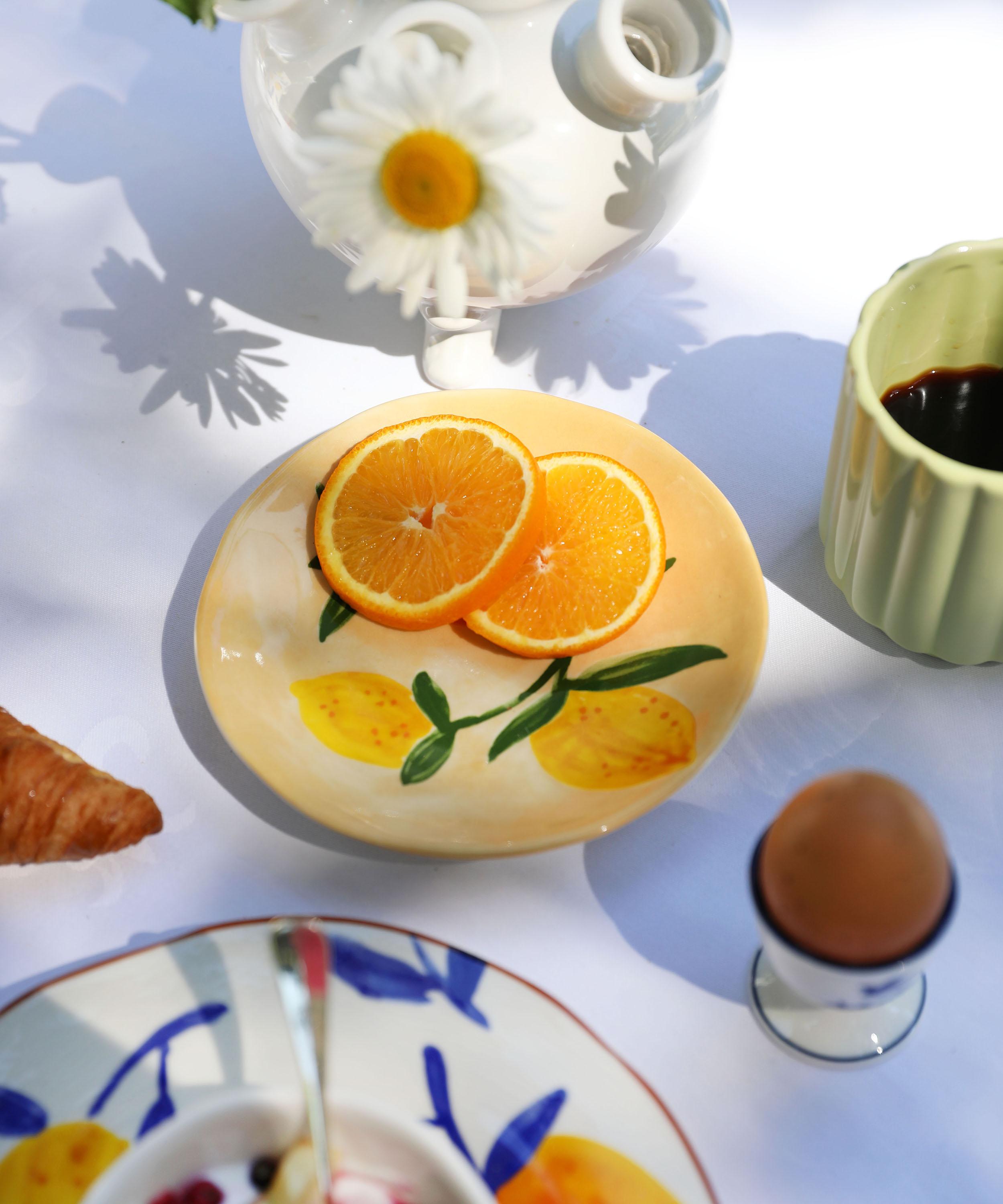








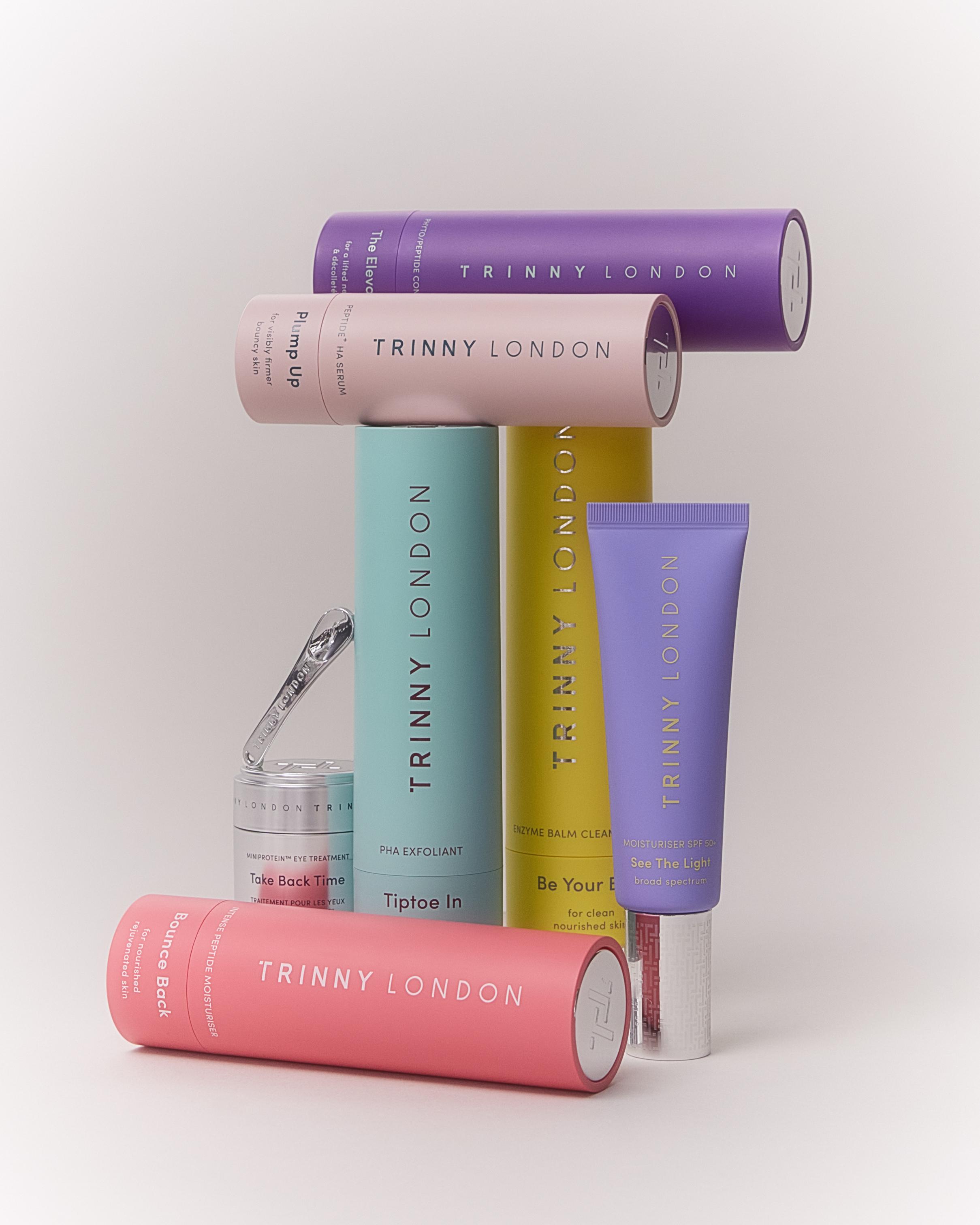




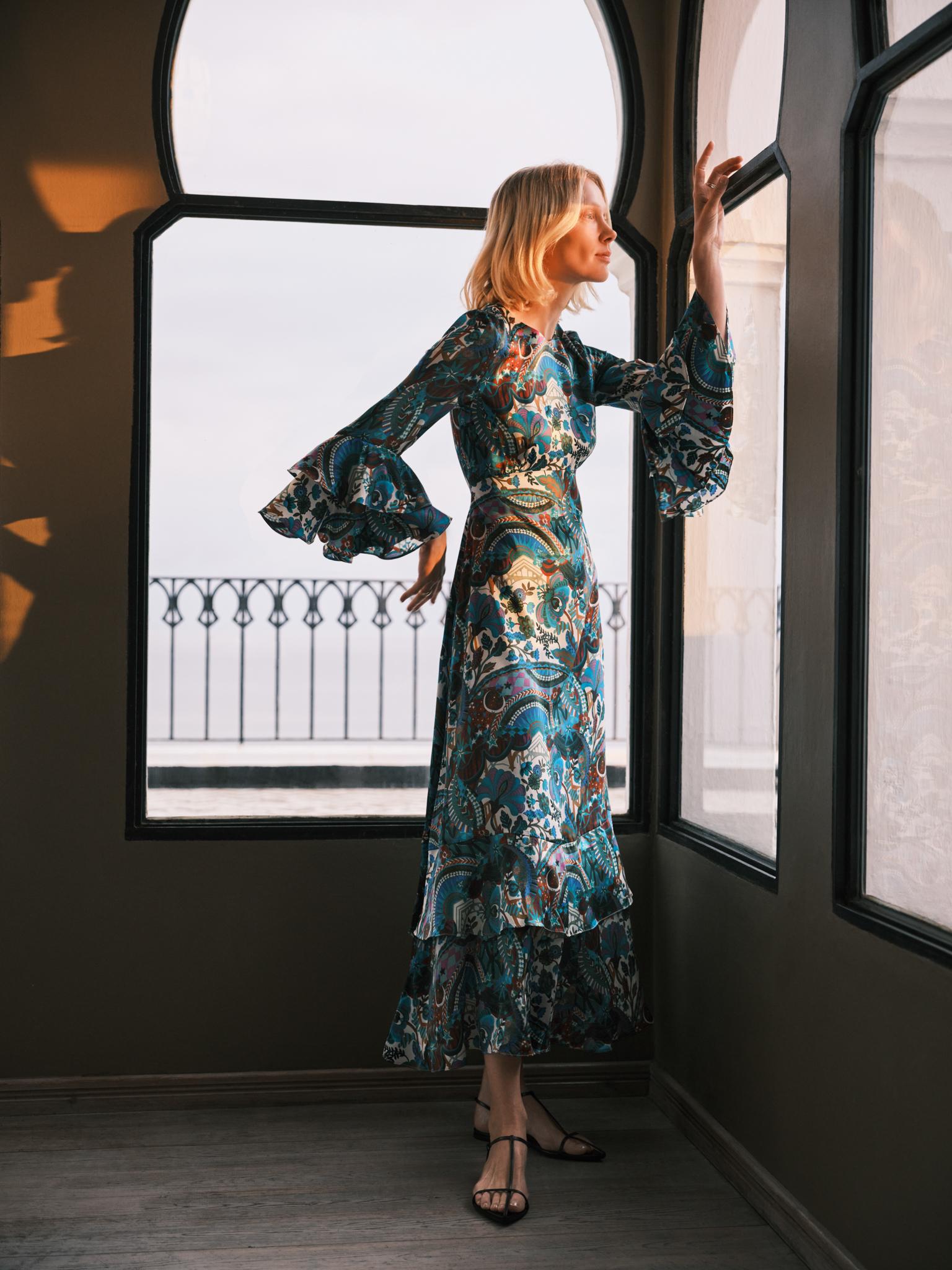











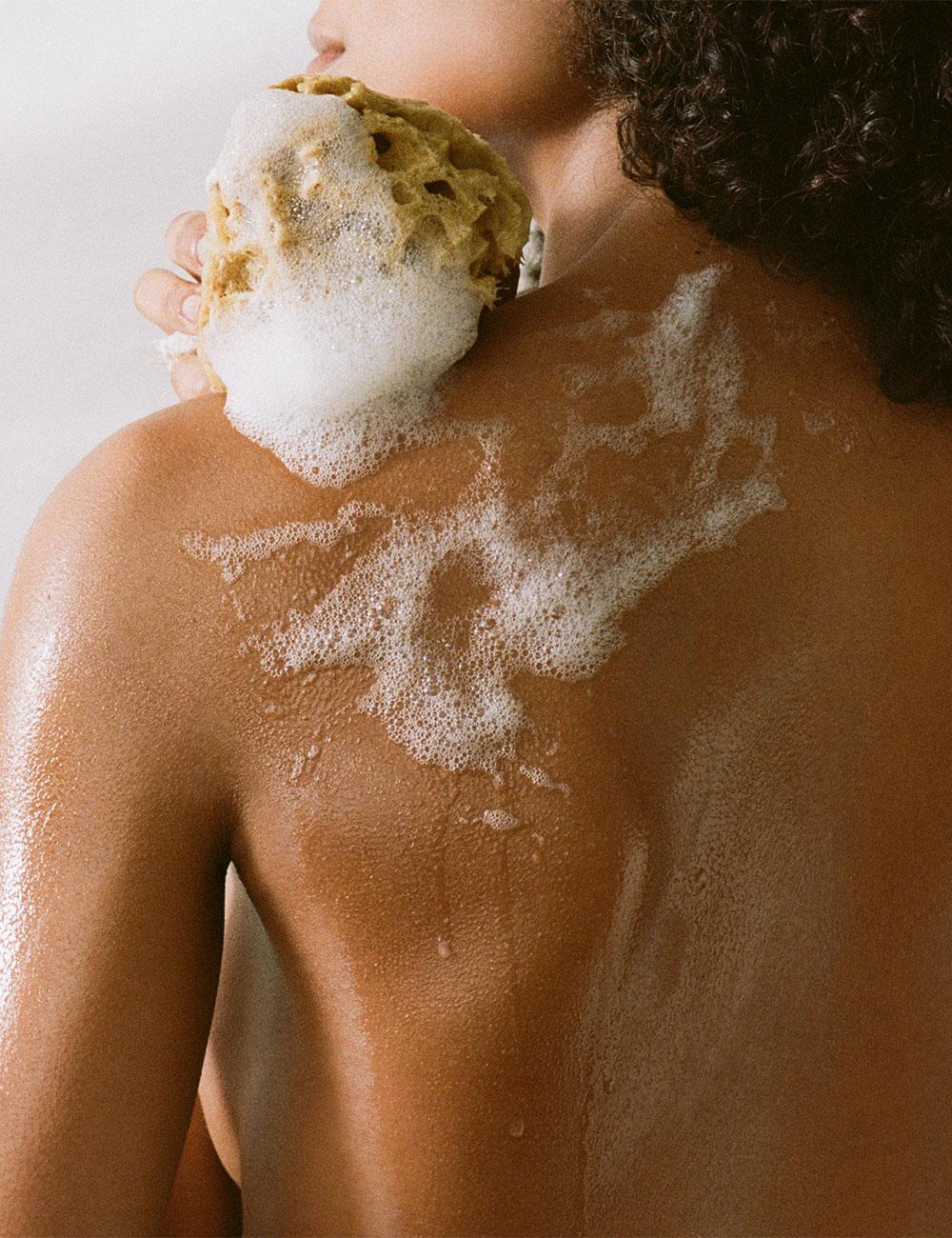















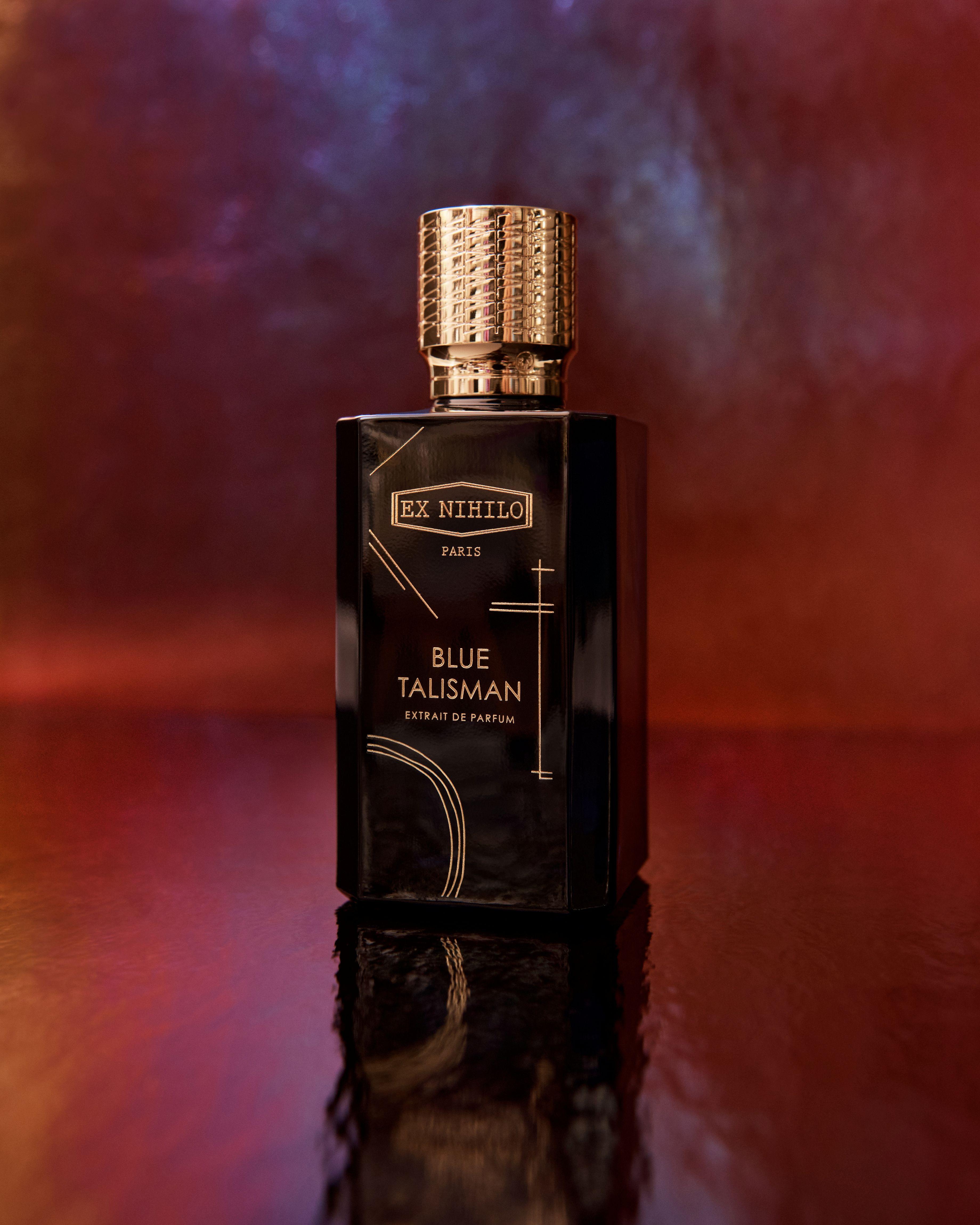
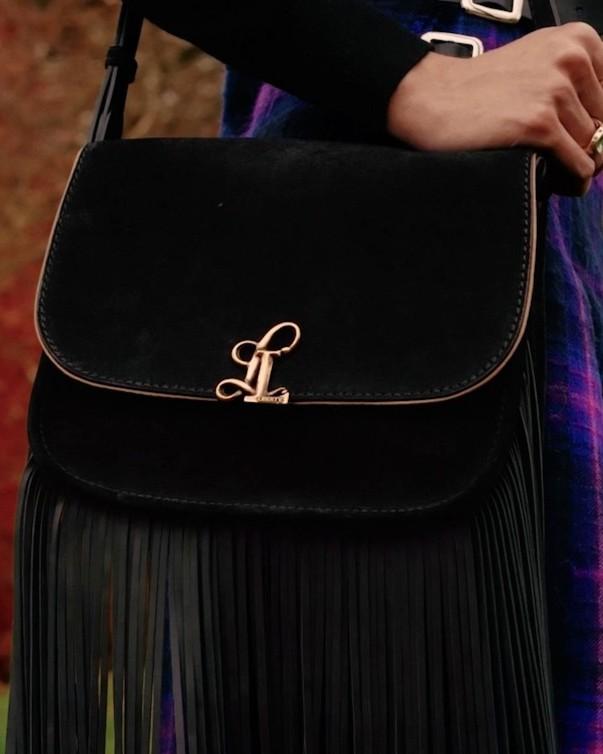


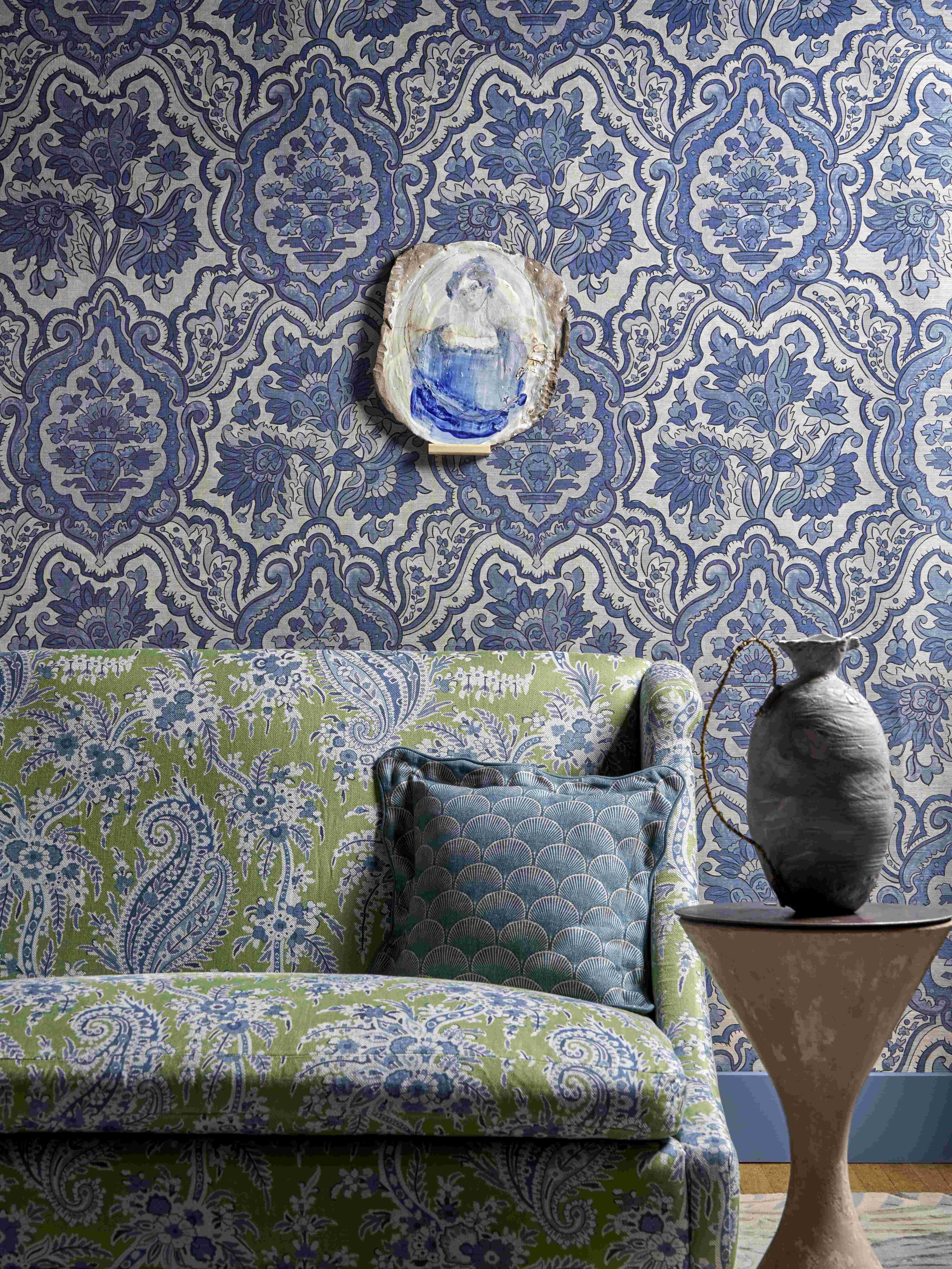







?fmt=auto&qlt=default)


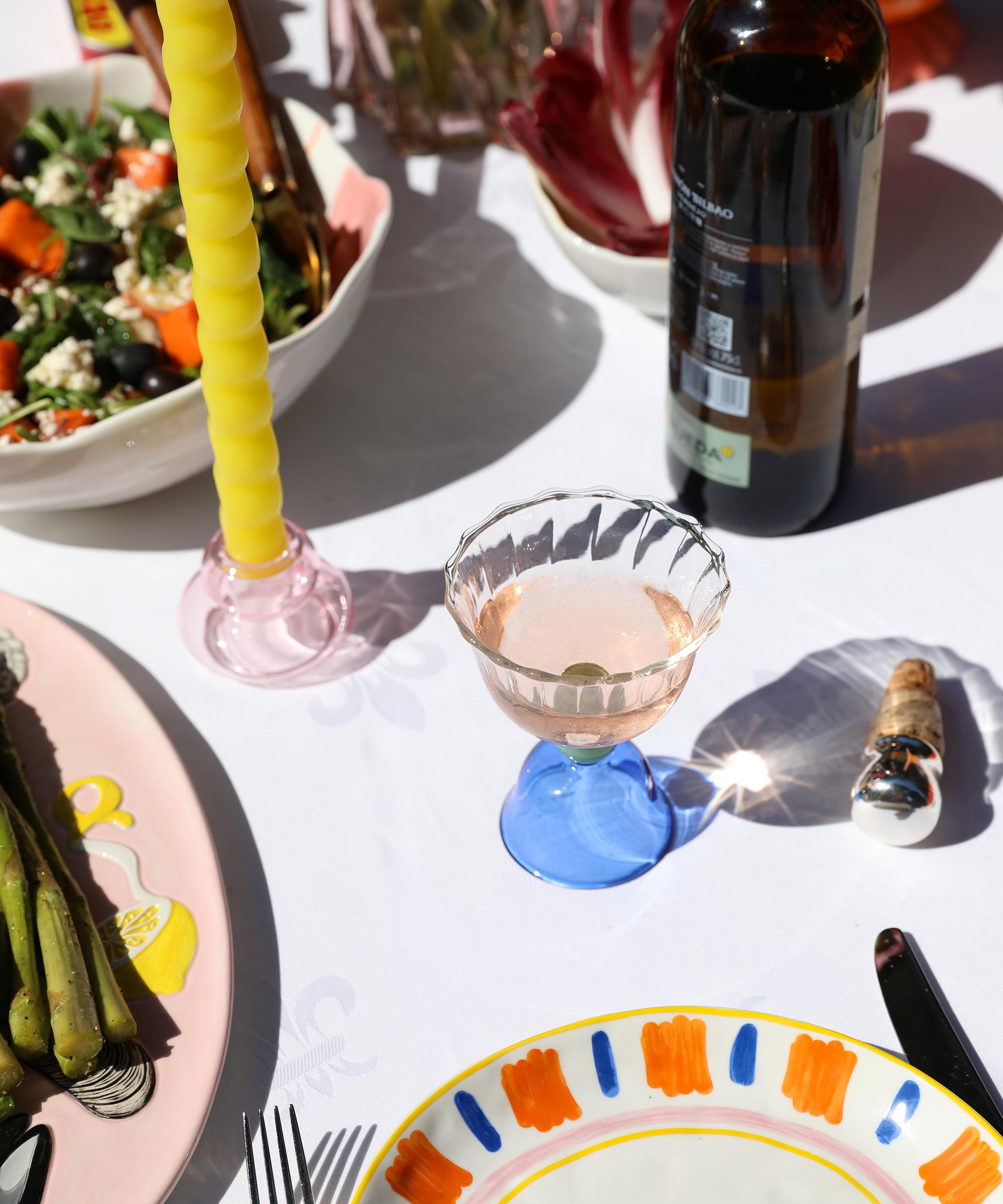



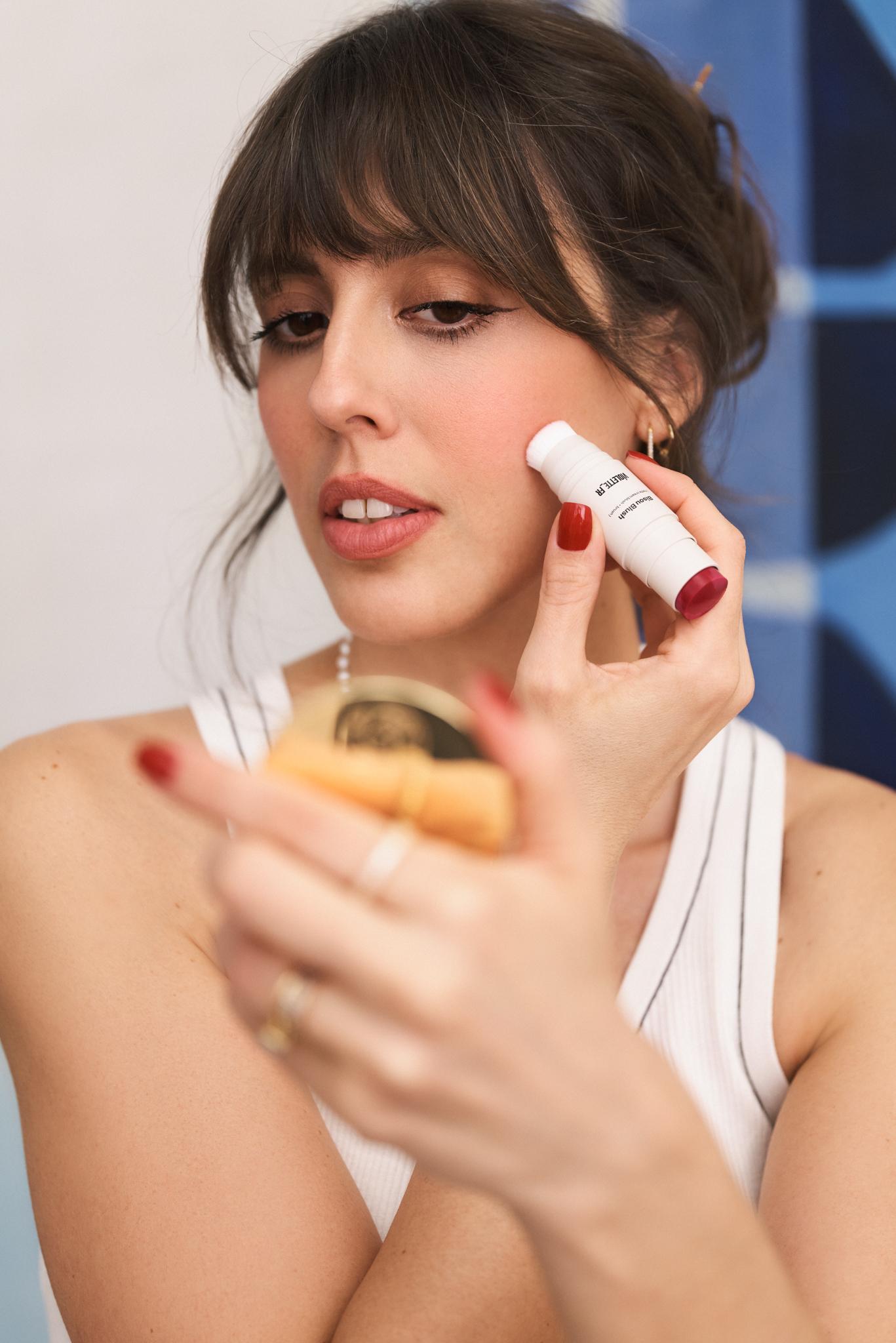
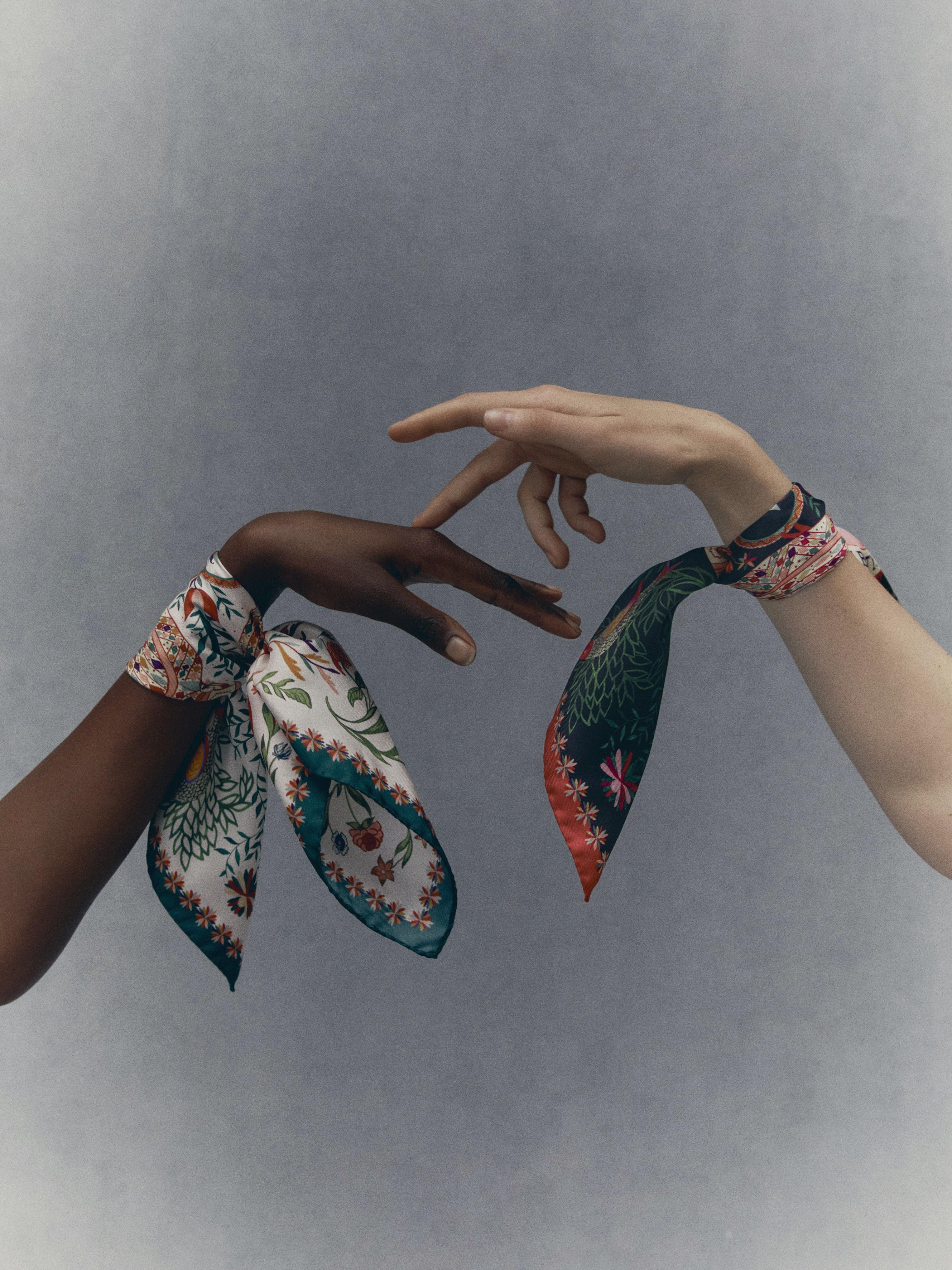



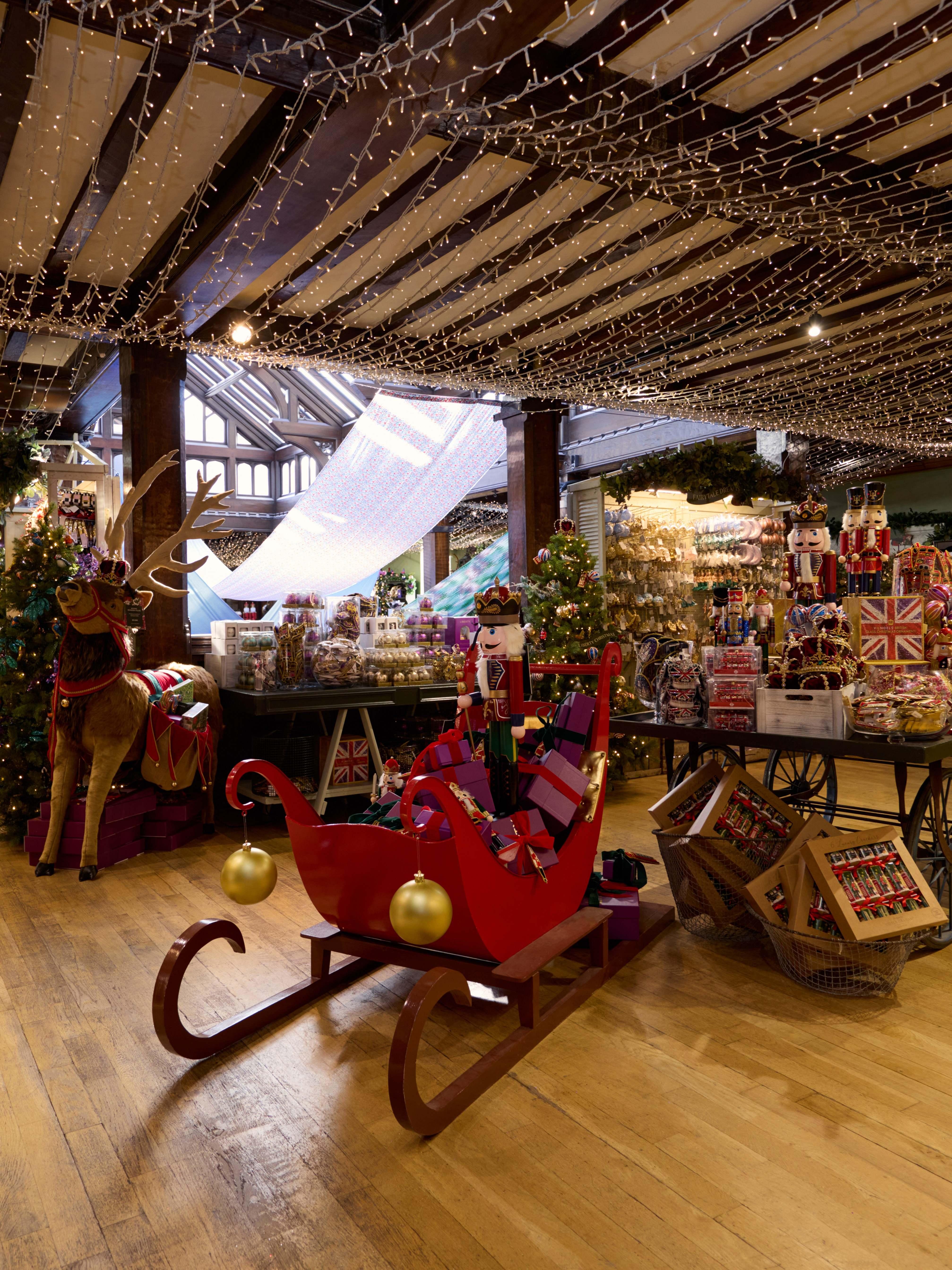
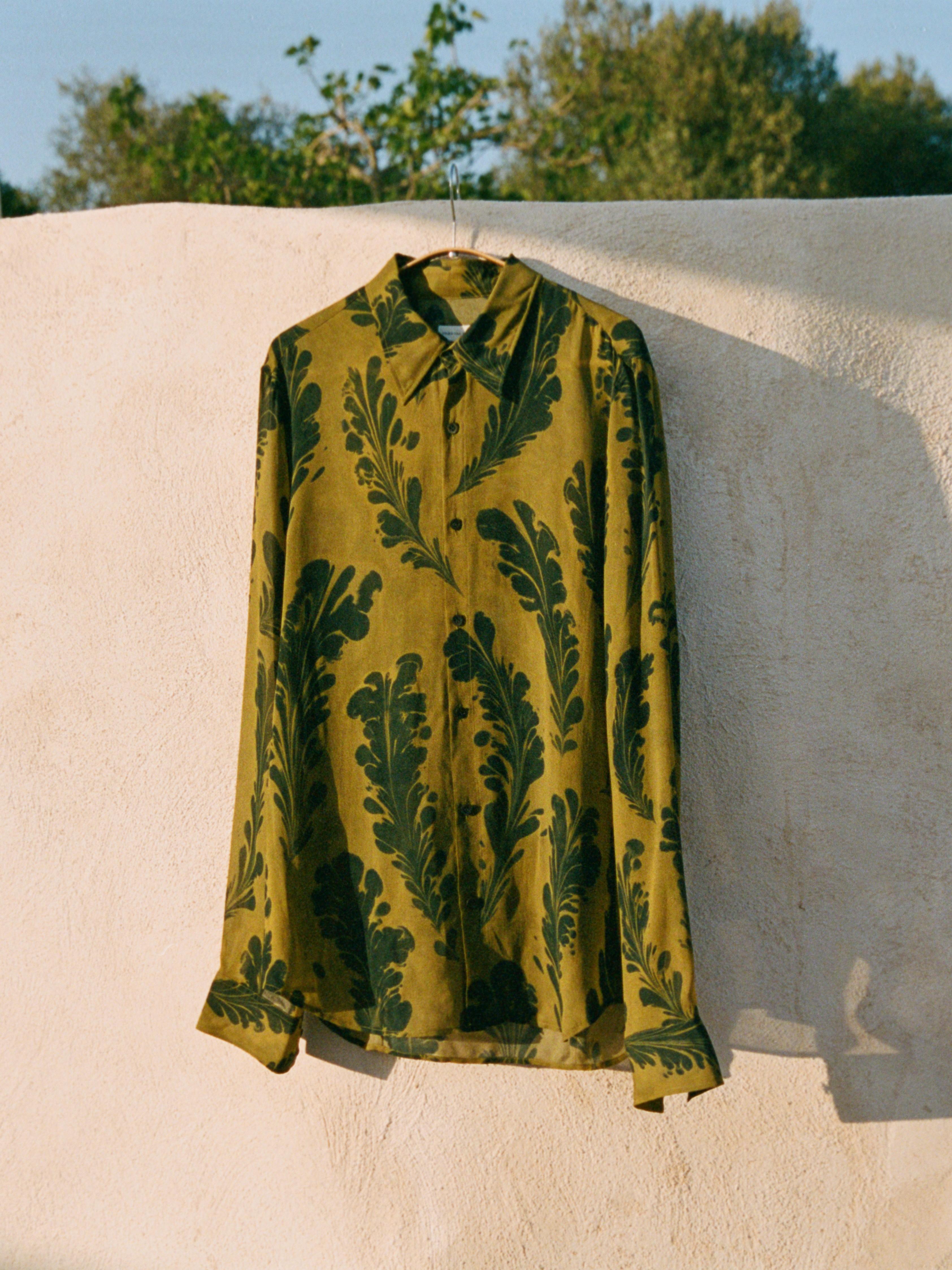



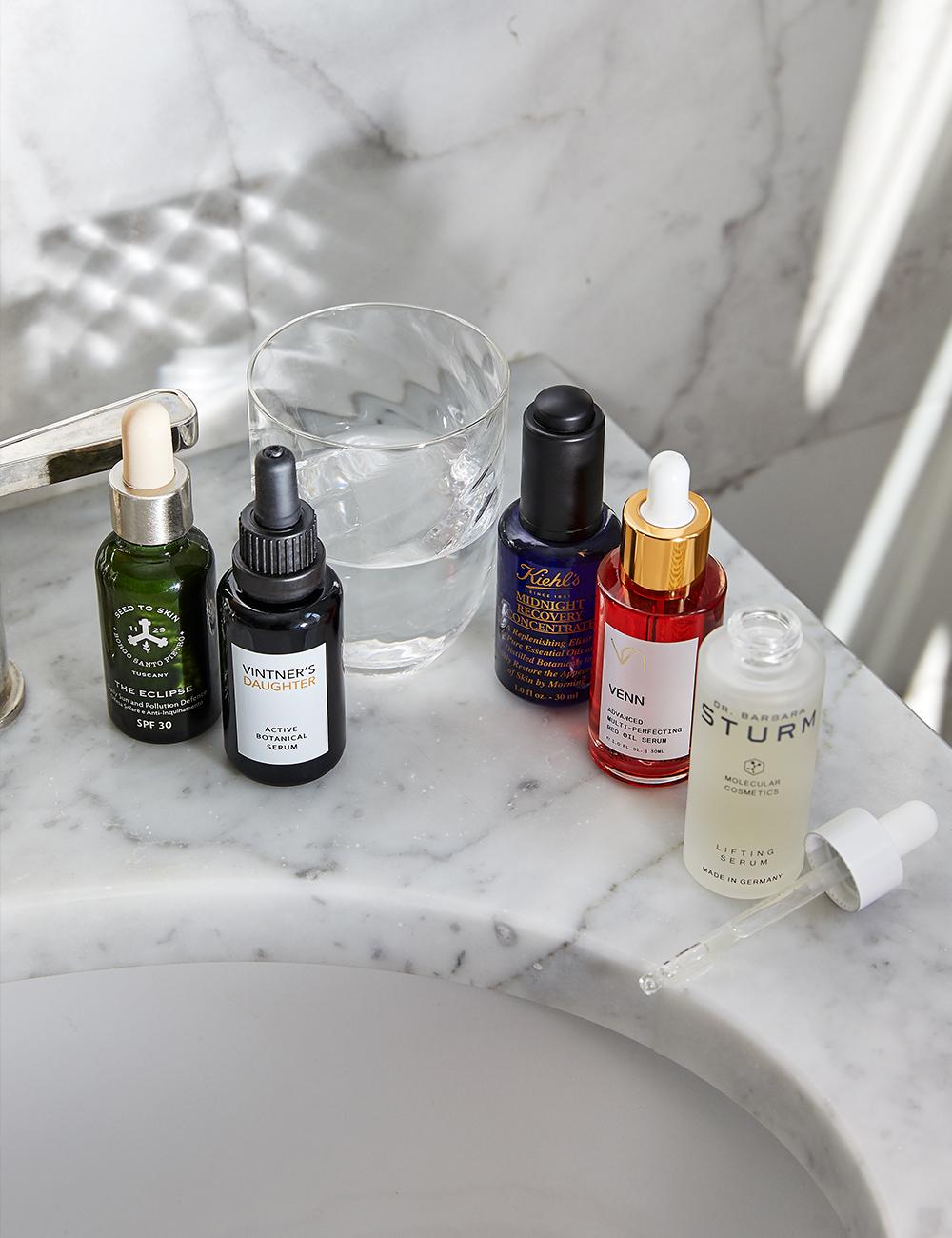




























_0824_RETOUCHED?fmt=auto&qlt=default)












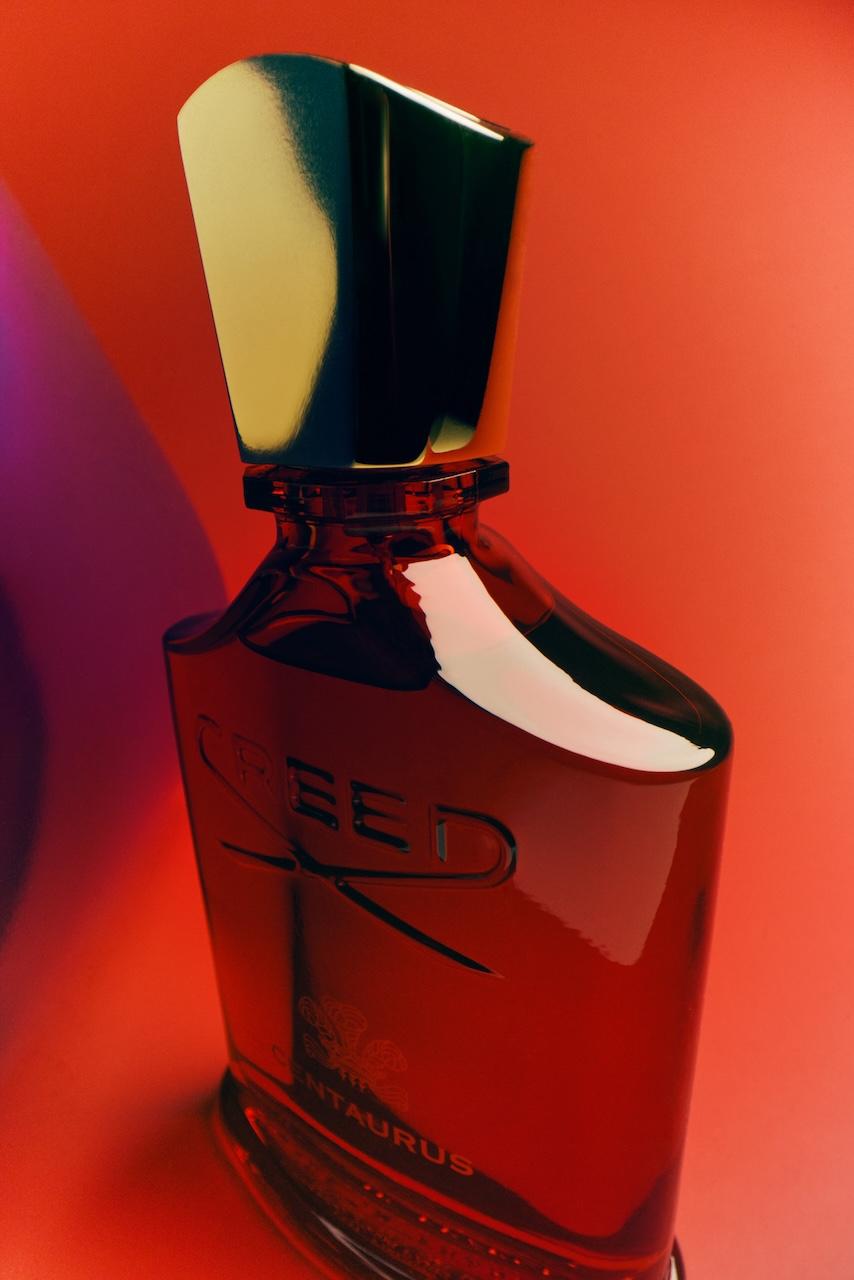




























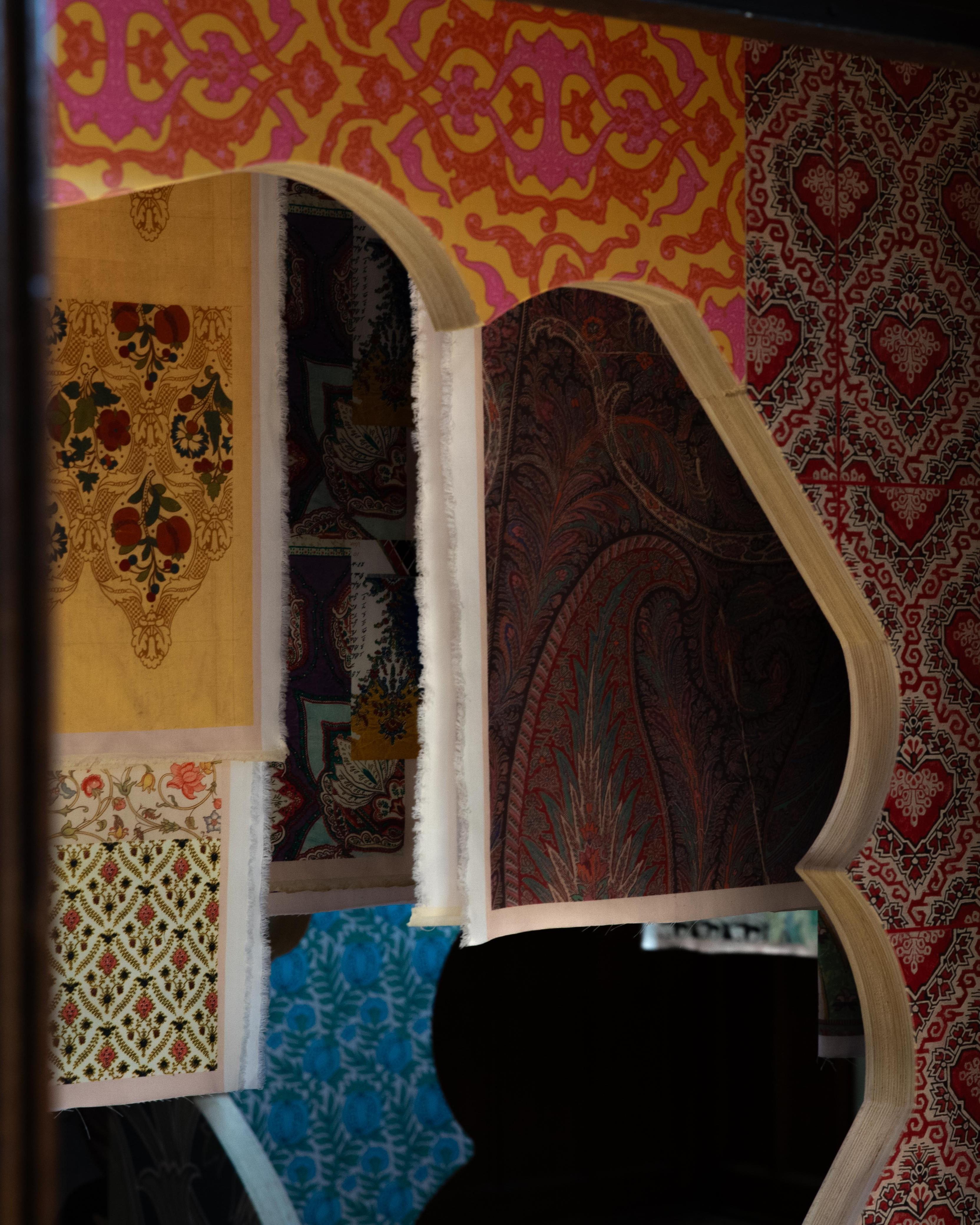
?fmt=auto&qlt=default)

































